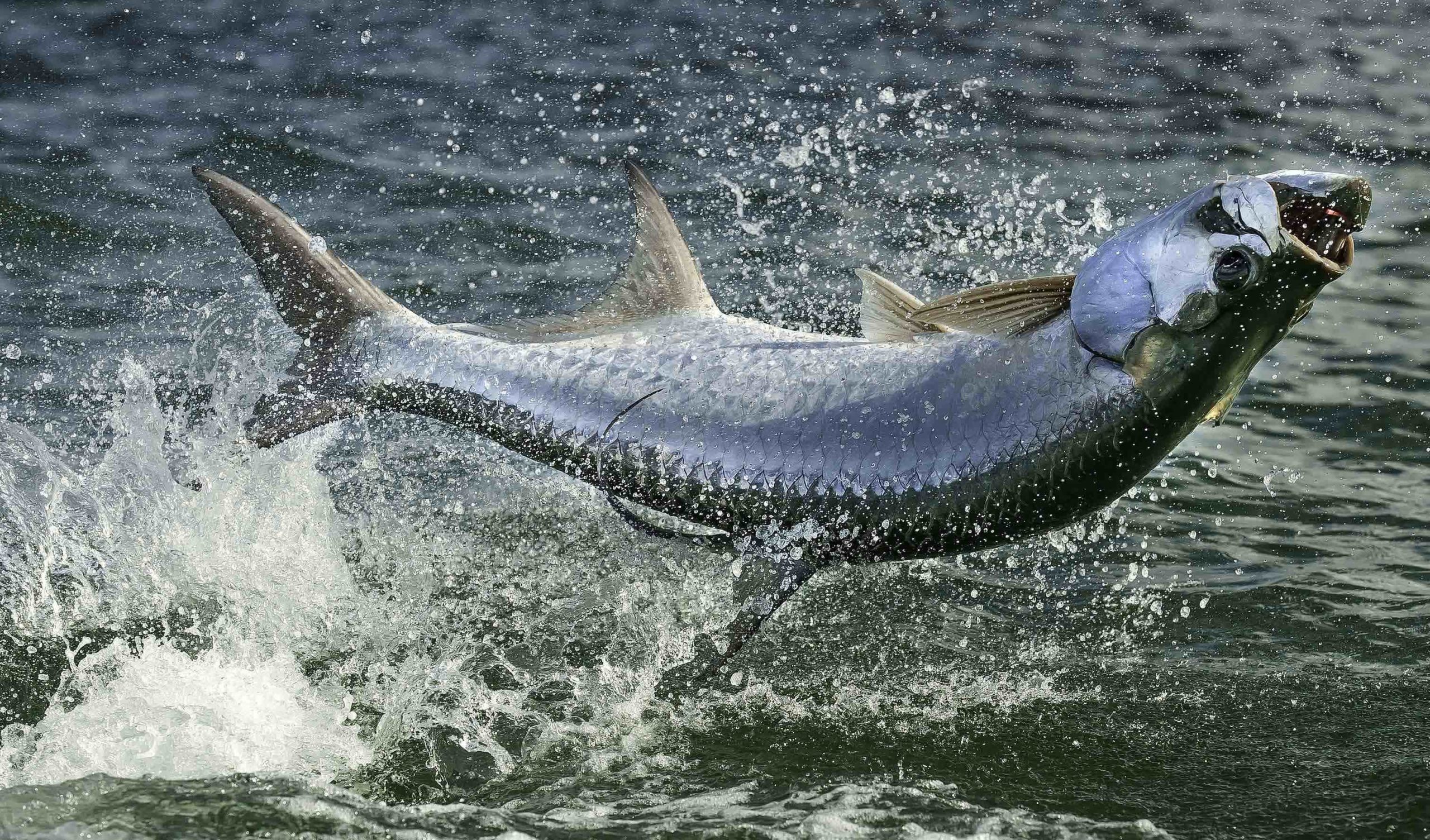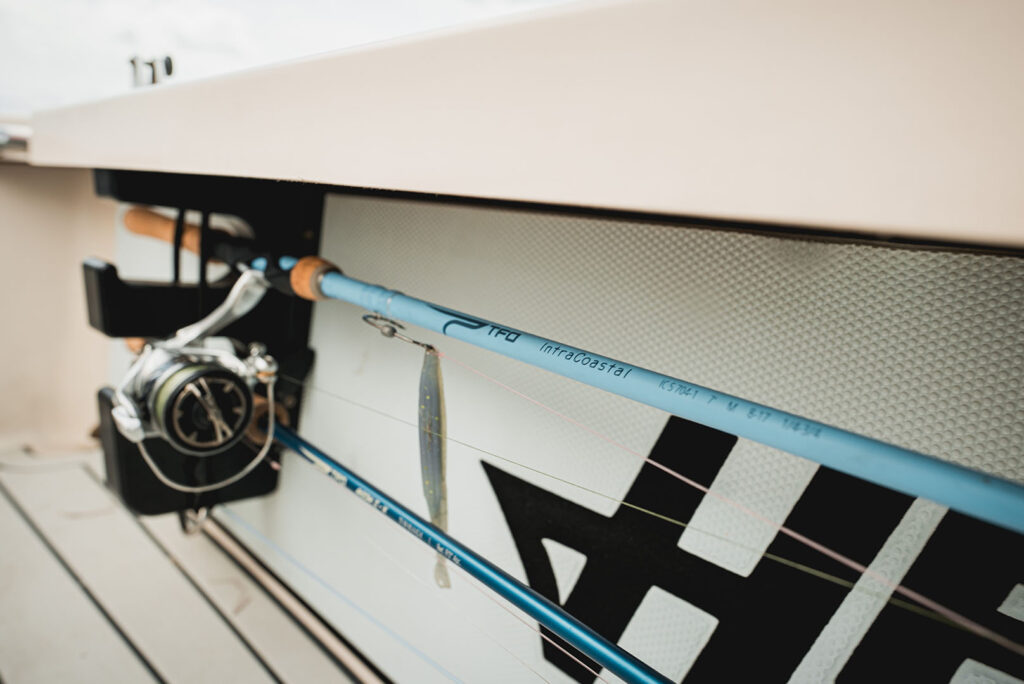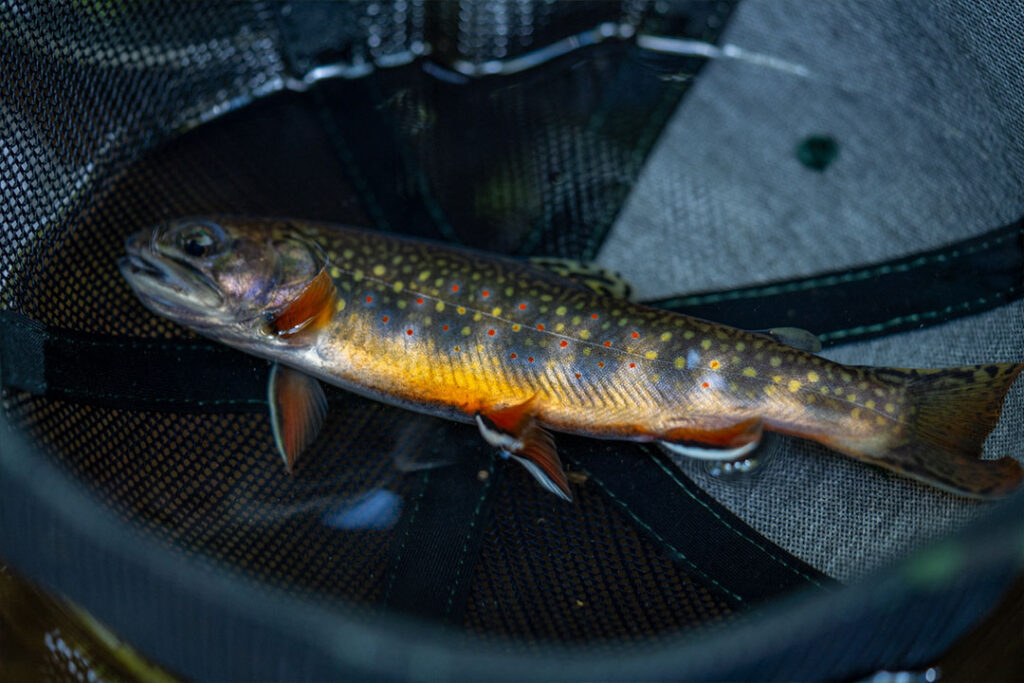The Gold Cup features the best of the best in tarpon fishing. The invitation-only tournament is one of the most prestigious events of the competitive fishing season. TFO advisor Rob Fordyce has set the standard for Gold Cup consistency with 13 second-place finishes, the last of which came earlier this summer.
And he’s always learning.
“I’ve never been satisfied with my knowledge of tarpon,” Fordyce said. “I take fishing seriously. I do it for a living. Tarpon fishing, I take to a different level. That consistent (success) comes from never being satisfied with my knowledge of the game. I’m always trying new things and I’m trying to get better at it.”
TFO blog editor Mike Hodge chatted with Fordyce about his success, and the host of the outdoor series, Seahunter, offered a few tips. Among them:
Get In Shape
Tarpon fishing is not for the meek. It’s physical and fast paced. Many newbies assume the rough stuff comes once the big fish is hooked, and there’s no doubt your biceps, core and thighs will burn as you try to land your quarry.
Often overlooked, though, are the skills needed before the hookup. Good balance is essential. Why? Because if you fish the flats near a pass or a beach, swells can rock the boat. Sea legs aren’t a big deal for a hardened tarpon fisherman, but the newcomer needs to be strong and flexible to maintain good enough balance to spot fish and make accurate casts.
“It’s not a controlled environment,” Fordyce said. “A trout fishing setting is somewhat of a controlled environment. The fish aren’t moving. The fish are holding behind a rock and you know which rock that is. If you make a bad cast in a trout scenario, you get another shot. In tarpon fishing on the ocean side, there can be wind. There’s often extreme current, and sometimes both are in different directions. You can have waves over the bow with wind, and the fly has to end up in a six-inch diameter circle. It’s a game of inches.”
Use the Right Gear
Use gear that’s heavy enough. You don’t want to be under-gunned. A rod that’s too light will result in prolonged battles. A 10 weight is adequate. An 11 or 12 weight is better. For conventional gear, try medium heavy to heavy rods.
The Axiom II is a good choice for those who prefer fly. Our GIS Inshore or Seahunter Series works well for conventional enthusiasts.
Picking the Right Fly/Lure
The Cockroach may be the most famous and productive tarpon fly. I personally prefer the tarpon toad in black and purple. It’s easy to tie and it works. Rabbit strips are one my tying favorite materials simply because of the movement generated. And movement, as TFO advisor Blane Chocklett explains, is key to enticing strikes. I had never really thought about this concept before, but it makes perfect sense. Fish are predators. Feed them what they want.
When it comes to movement, conventional lures are hard to beat. Obvious choices are Bombers and DOAs and Yo-Zuri minnows.
“In sight-fishing scenarios we often use unweighted bass worms or flukes,” Fordyce said. “These baits will almost suspend allowing a lot of movement with a short, twitchy retrieve that can still be pretty slow without having to reel much. This can entice traveling fish to bite that aren’t in a feeding mode much the same way as a fly retrieve.”
Entire blog posts have been devoted to tarpon lures and flies. If you want more info, talk with your guide. Local knowledge is always best.
Seeing the Fish
There’s also a mental challenge involved with tarpon fishing. Count on long periods of time between schools of fish. The ability to concentrate through the doldrums is essential and usually acquired with experience.
“There can be times when you’re getting a shot every thirty seconds, and then there could be hours in between shots,” Fordyce said. “It could be four, five hours of just nothing. That’s when you really have to dig deep and focus hard. That’s when the shots are few and far between and you only get so many.”
Teamwork
You and your guide are a team. Ideally, he puts you on fish. The client’s job is to make an accurate cast, hook the fish and then land it. Rarely is it that easy. Mistakes happen and tempers can flare. The key, as in any relationship, is communication, particularly when it comes to the client’s skill level and expectations, so the chaos can be managed.
“There’s a lot of moving parts,” Fordyce said. “It’s a team sport. Your guide is trying to set you up for the most productive shot. There’s a lot going on.”
Headed out to pursue the Silver King? Let us know how you do on one of our social media channels. Want to add more tips or suggestions, feel free to speak up.






